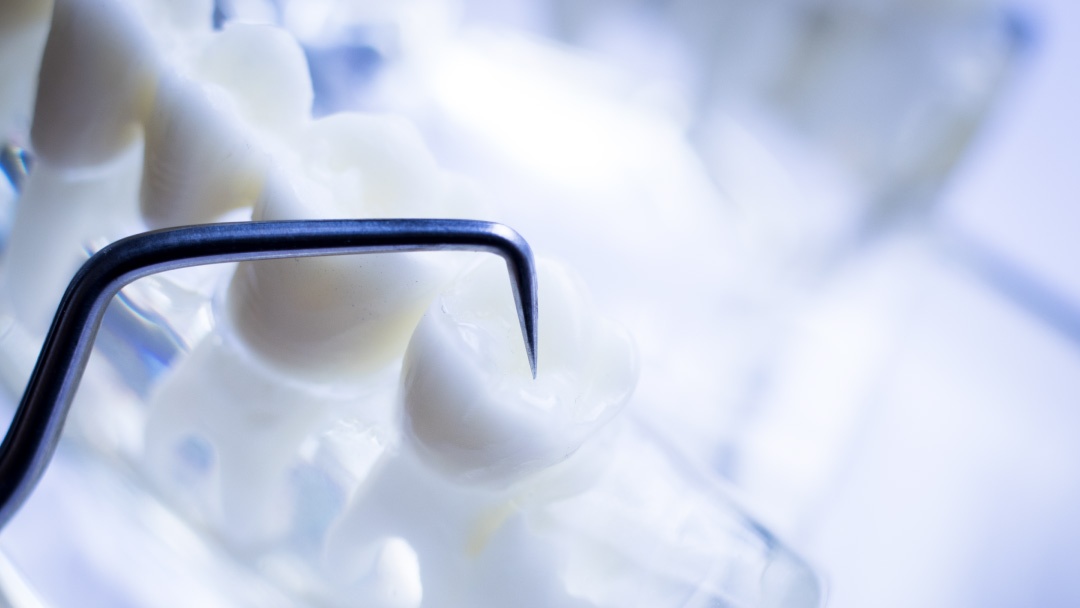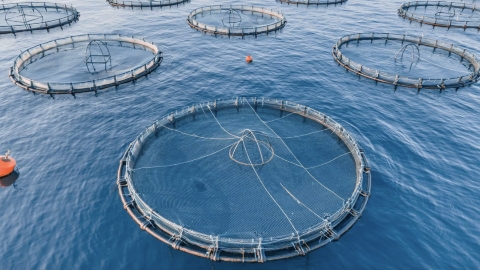
Every year, the global fishing industry generates millions of tonnes of biological residues, a significant share of which comes from fish scales and bones. These underused by-products contain hydroxyapatite, a calcium phosphate compound that forms the main mineral component of human bones and teeth. Its natural structure and composition make it a raw material of exceptional interest for biomedicine, dentistry and tissue engineering.
Hydroxyapatite may be one of the most valuable biominerals wasted every day – one that science has now identified as a key material for the medicine of the future, owing to its biocompatibility and bioactivity.
Unlike synthetic versions, hydroxyapatite derived from fish bones exhibited a morphology and purity that closely mimic human bone tissue, allowing for seamless integration with the body. This makes it an ideal material for dental implants, prosthetics, bone grafts and bioactive coatings used in bones regeneration.
The economic potential is equally striking. While calcium carbonate – another marine biomineral – sells for less than one euro per kilo, biomedical-grade hydroxyapatite can fetch between €500 and €2,000 per kilogram, depending on its purity and intended application. That positions it alongside high-tech materials and makes it one of the most profitable products within the blue economy.
Japan and Norway lead the way in producing hydroxyapatite from salmon waste, converting tonnes of fish bones into fine powder for use in prosthetics and dental products. In southern Europe – particularly Spain and Portugal – several pilot projects are exploring how to integrate this process into the fisheries value chain, combining biotechnological innovation with environmental sustainability.
Extracting this mineral is not only an economic opportunity but also an environmental breakthrough. Fish waste has traditionally been a source of pollution and unpleasant odours when discarded at sea or in landfills. Converting it into high-purity biominerals reduces environmental impact and supports a circular economy in which nothing is wasted and everything is transformed.
For researchers and entrepreneurs in the field, marine hydroxyapatite symbolizes a paradigm shift – from waste to resource, from pollution to innovation. What was once a worthless by-product is now emerging a strategic material for regenerative medicine in the 21st century.
Thus, from the depths of the sea and the remnants of the fishing and aquaculture industry, a new vein of wealth is surfacing – a biological “white gold” that unites sciences, sustainability and the future.



